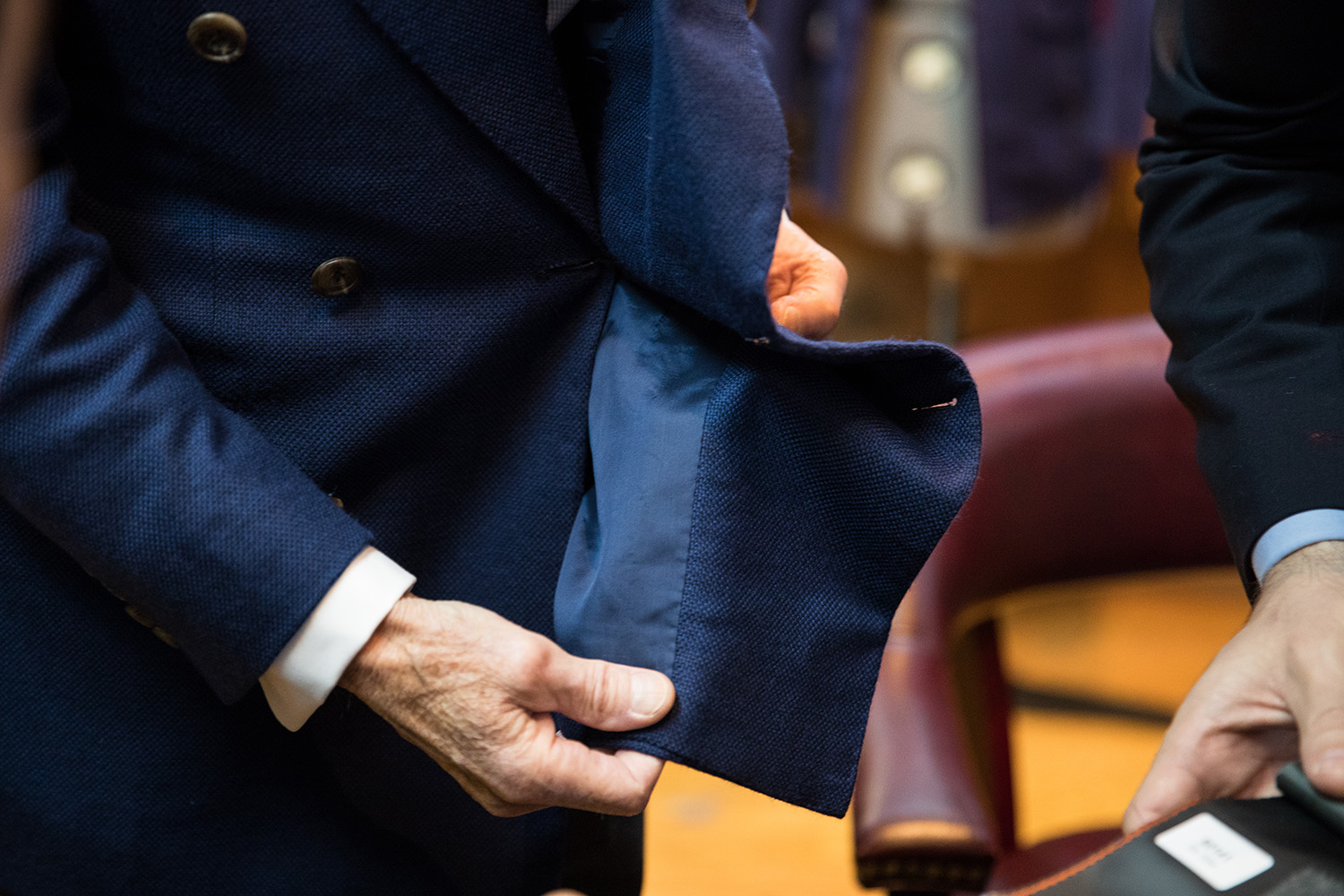Table of Contents
In the dynamic realm of fashion, creating a signature style is akin to crafting a personal manifesto—an expression of individuality that resonates with both the designer and the audience. For emerging designers, developing a distinctive aesthetic not only sets them apart in a saturated market but also builds a lasting connection with their clientele. Here, we delve into the intricacies of signature style development, uncovering valuable insights from seasoned fashion designers.
Understanding Fashion Design Principles
At the heart of any captivating design lies a firm grasp of fashion design principles. These foundational concepts guide designers through the creative process, enabling them to craft garments that are not only visually appealing but also functional and cohesive. Key principles such as balance, proportion, rhythm, and emphasis serve as the building blocks of every collection.
Balance, for instance, refers to the visual weight distribution within a design. Achieving harmony between various elements, such as color, texture, and shape, is crucial. Proportion deals with the relationship between different parts of a garment, ensuring that sizes and lengths complement each other. Rhythm, on the other hand, involves the repetition of patterns and colors, creating a flow that guides the viewer’s eye. Finally, emphasis highlights specific aspects of a design, drawing attention to the most striking features.
By mastering these principles, designers can refine their creating unique aesthetics, leading to a more cohesive body of work. This not only elevates their creations but also helps in establishing a recognizable brand identity that can evolve over time.
Embracing Personal Experiences
A designer’s personal journey is a treasure trove of inspiration. Unique experiences, cultural backgrounds, and emotional narratives enrich the creative process and are pivotal in shaping a designer’s signature style development. Whether it’s a childhood memory or a significant life event, these elements can be woven into the fabric of their designs, adding depth and authenticity.
Consider the impact of cultural heritage. Designers who draw from their backgrounds often infuse traditional motifs, patterns, or techniques into contemporary silhouettes. This fusion of past and present creates a distinctive aesthetic that is both nostalgic and innovative. By embracing personal experiences, designers can craft collections that resonate on a deeper level with their audience, inviting them to engage with the stories behind the garments.
Experimenting with Textures and Fabrics
The choice of materials plays a significant role in creating unique aesthetics. The texture, weight, and drape of a fabric can dramatically alter the mood of a design. Exploring an array of textiles—from soft silks to rugged denim—allows designers to experiment and discover combinations that evoke specific emotions and reactions.
For instance, pairing a luxurious velvet with a crisp cotton can create a striking contrast, blending opulence with everyday practicality. Similarly, incorporating unconventional materials, such as recycled fabrics or biodegradable fibers, not only enhances sustainability but also adds a modern twist to traditional designs. By pushing the boundaries of material selection, designers can differentiate themselves and make a bold statement within the fashion landscape.
Mastering Color Theory
Color is a powerful tool in fashion, capable of evoking emotions, setting moods, and communicating messages. A thorough understanding of color theory is essential for any designer aiming to cultivate a signature style. The art of combining hues and shades can define a collection’s identity, making it instantly recognizable.
Designers should consider the psychological effects of colors. For instance, warm tones like red and orange can evoke feelings of energy and passion, while cooler hues such as blue and green are often associated with calmness and tranquility. By thoughtfully selecting colors that align with their brand’s message and the intended emotional response, designers can create impactful collections that resonate with their audience.
Cultivating a Personal Brand
A well-defined personal brand is essential for any designer looking to establish a lasting presence in the fashion industry. This brand encompasses not only the aesthetic of their collections but also their values, mission, and the story they wish to tell. By creating a consistent narrative across all platforms—be it social media, websites, or marketing materials—designers can foster a strong connection with their audience.
Engagement is key. Designers should actively interact with their followers, sharing insights into their creative process and behind-the-scenes glimpses of their work. This transparency not only builds trust but also invites customers into their world, making them feel like part of the journey. By nurturing this relationship, designers can cultivate a loyal following that resonates with their unique aesthetic and values.
Continuous Evolution
The journey of signature style development is ongoing. Fashion is fluid, influenced by cultural shifts, technological advancements, and consumer preferences. Designers must remain adaptable, willing to evolve their aesthetics while staying true to their core principles. Embracing change can lead to innovation and the creation of groundbreaking designs that captivate the fashion world.
Additionally, continuous learning is vital. Staying informed about industry trends, attending workshops, and seeking feedback can help designers refine their skills and adapt to the ever-changing landscape. By remaining curious and open-minded, they can discover new inspirations and techniques that enhance their craft.
Conclusion
Creating a signature style is a multifaceted endeavor that requires a blend of creativity, technical knowledge, and personal insight. By understanding fashion design principles, embracing personal experiences, experimenting with textures, mastering color theory, and cultivating a strong personal brand, designers can carve out a unique space in the fashion industry. With dedication and passion, they can not only create stunning pieces but also inspire others, leaving an indelible mark on the world of fashion.


More Stories
Fashion Designer Trends Shaping the Industry
Exclusive Interview with a Revolutionary Fashion Designer
Becoming a Fashion Designer: What It Takes